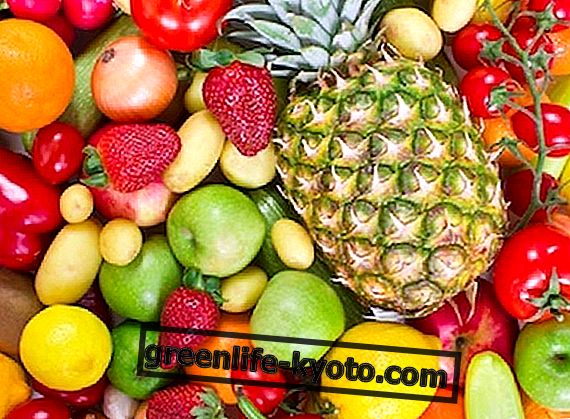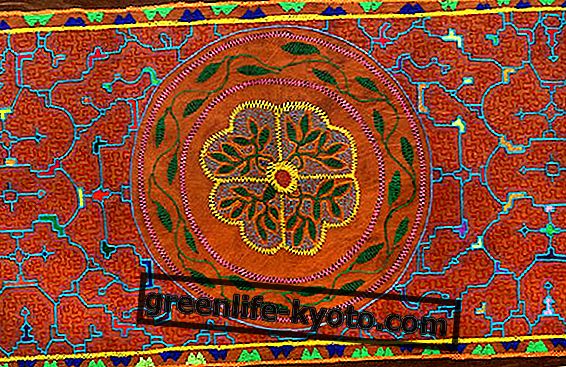
Jasmine green tea is an unfermented tea flavored with jasmine flowers. Rich in polyphenols, green tea has anti-oxidant and anticancer properties.
Jasmine green tea: what it is and how it is prepared
Green tea is obtained from the leaves of Camellia sinensis, a small evergreen tree of the Theales family. The tea tree can reach ten meters, is very branched, has oval toothed and pointed leaves and white flowers.
The tea originates from the Asian rainforests and is cultivated in different countries where the warm humid climate allows the continuous emission of shoots that are collected: in fact, for the production of the tea the terminal buds that are not hatched and the first young leaves are collected. .
To produce green tea the leaves are immediately stabilized thanks to steam, then rolled up and slightly roasted. It is therefore an unfermented tea in which the chlorophyll remains intact and therefore the leaves keep the green color.
Green tea is consumed mainly in China and Japan and is not particularly fragrant: this is why green tea is often flavored with other plants, including jasmine.
Jasmine ( Jasminum officinale ) is a shrub native to Asia, now cultivated also in Europe. The flowers, white and very fragrant, are used in the perfume industry due to the presence of essential oils that give them a very pleasant aroma .
The petals of jasmine flowers are also added to infusions, herbal teas and green tea to give the drink aroma and aroma.
Green tea with jasmine or jasmine tea is made by bringing a cup of water (about 250 milliliters) to 80 ° C and then pouring hot water on a spoon of grass. The infusion is left to infuse for three to five minutes, after which it is filtered and consumed.
In addition to flavoring green tea, jasmine can be added to other types of tea, so you can also find jasmine white tea and jasmine black tea on the market .
Properties and benefits of green tea
Green tea leaves contain proteins and amino acids, carbohydrates, vitamin C, B vitamins, caffeine and phenolic compounds.
Among the properties of green tea we certainly find the stimulant, given by the caffeine content which does not vary according to the treatment of the leaves. However, the infusion prepared with green tea leaves has a milder stimulating action than coffee, since polyphenols modulate the effect of caffeine.
Traditionally, green tea is consumed due to its astringent action in mild diarrhea, in slimming diets and to help eliminate water.
The most important property of green tea, however, is the antioxidant, given by the presence of polyphenols: a cup of green tea contains about 400 milligrams of polyphenols.
Habitual consumption of green tea seems to decrease cholesterol and triglyceride levels, thus decreasing cardiovascular risk. Furthermore, an anti-tumor action has been attributed to green tea, especially against stomach and esophagus cancer.












